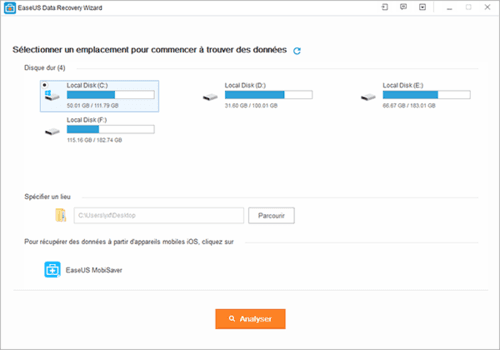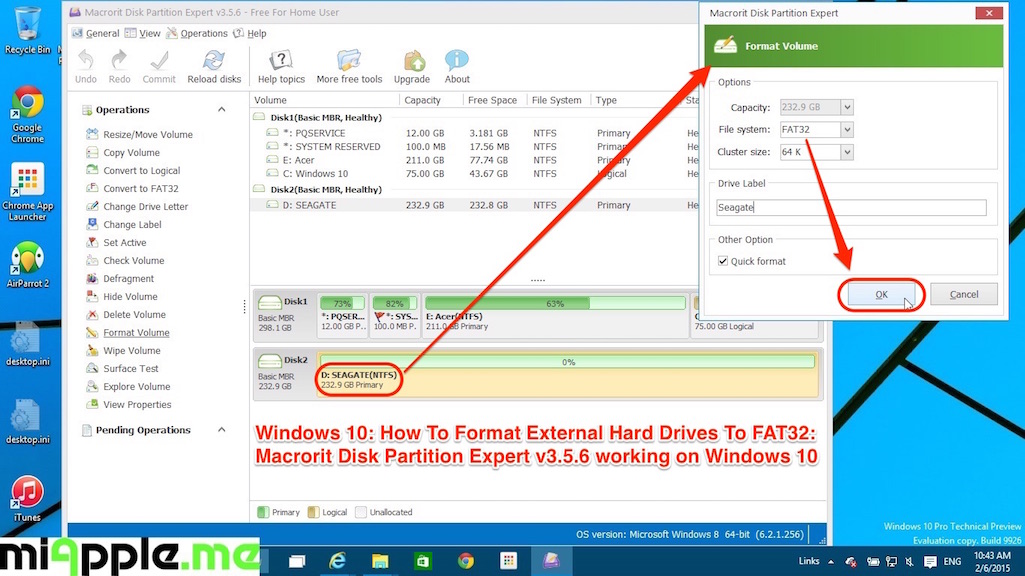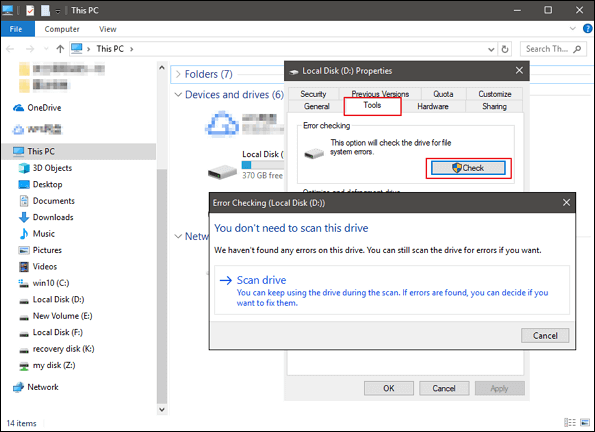

The USB drive contains 2 partitions or the partition need for formatting to FAT32 is not the first primary partition

1. File system error, bad sectors exist on USB/external hard drive.To find the right solution for your case, it's important to find out the causes that stop you from formatting devices to FAT32. Reasons for Why You Can't Format to FAT32
#Easeus windows 10 fat32 format tool how to
In this part, you'll learn why you can't format to FAT32 in Windows 10 and how to resolve this issue effectively. If you met a problem while formatting USB or Windows warns that Windows was unable to complete the format, don't worry. Step 3.Type exit when the formatting process completes.Īdditional Fixes for "Cannot Format to FAT32" in Windows 10 Check the USB drive label, type Format /FS:FAT32 o: in PowerShell, and hit Enter. Right-click on the Windows icon and select "Windows PowerShell Admin", click "Yes" to open it. Step 3. Type exit and hit Enter to close the program when DiskPart reports it has successfully formatted the USB.
#Easeus windows 10 fat32 format tool Pc
Note: Be careful while using command lines on your PC to format USB drive. It's also an applicable way to format your flash drive or external hard drive to FAT32 in Windows 10. Some experienced users or administrators prefer to use command lines to execute some operations on Windows PC.

Format to FAT32 Windows 10 Using Command Prompt Step 3. Set the USB file system to FAT32, tick "Perform a quick format" and click "OK" to confirm. Step 2. Locate and right-click on your USB flash drive or external hard drive, select "Format". In Windows 10, go to This PC > Manage > Disk Management. USB requirements: Similar to the Explorer, your USB drive has to be under 32GB in order to format to FAT32 within the programįollow the 3-step guide here to format to FAT32: Format USB/External Drive to FAT32 with Disk Management When the process completes, click "OK" to confirm. Step 3. Set the FAT32 as the target file system, tick "Quick Format" and click "Start" to start the formatting. Step 2. Open File Explorer, locate and right-click on the USB drive, select "Format". Step 1. Connect USB or external hard drive to Windows 10 PC.

To format USB under 32GB to FAT32 in Windows 10 Explorer, follow the three steps: Otherwise, you can only choose to format USB to NTFS. Format to FAT32 Windows 10 via File Explorer Users can convert their USB flash drives or external hard drives between different file systems. In the chart below, we have listed features of four common file systems, giving detailed information from max partition size to the compatibility of these file systems. The common Windows file systems include FAT16, FAT32, and NTFS, etc. In computing, a file system controls how data is stored and retrieved. However, for USB flash drives, HDDs, or external hard drives that exceed 32GB, the applicable tools will be restricted to the third-party USB format tool and the Windows Command Prompt.Ĭan't format to FAT32 in Windows 10 with all given disk formatting tools? Directly jump to the final part to get additional fixes for "Cannot Format to FAT32" in Windows 10. For small capacity flash drives, pen drives, or SD cards that range from 2GB-32GB, any of the four methods are workable. On Windows 10/8.1/8/7, there are typically four ways for both average and advanced users to format to FAT32, which has the greatest compatibility compared to other file systems.


 0 kommentar(er)
0 kommentar(er)
